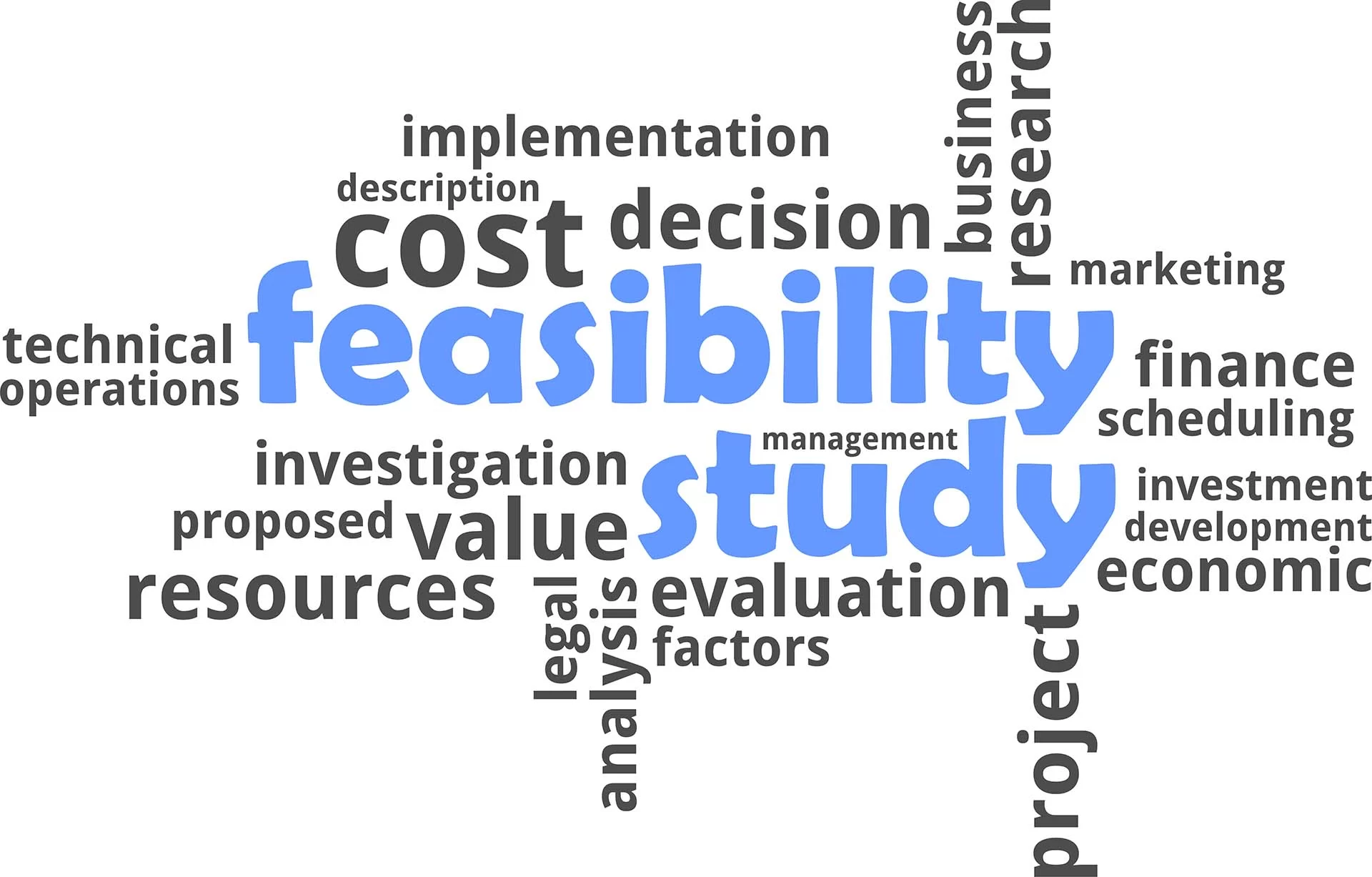When planning a project, it is essential to evaluate the technical feasibility of your proposed ideas.
Evaluating the technical feasibility helps you understand if the planned activities can be accomplished within specified parameters such as budget, timeline, and resources.
What should the technical aspect of a Feasibility Study focus on?
The technical aspect of a Feasibility Study should focus on understanding the technology, skills, and resources required to complete the project. This includes hardware, software, personnel needed for development and testing, and technologies that can facilitate the completion of tasks within the timeframe and budget set for the project.
It also involves doing research into any potential technological solutions or alternatives that can be used to accomplish the project goals and assessing their feasibility in terms of time, cost, and resources. Additionally, it involves running simulations or tests to help ensure the technology is viable for the project before proceeding with deployment.
Overall, the technical aspect of a Feasibility Study helps you understand if the proposed project is achievable within the set parameters and allows you to plan for potential risks or issues that could arise along the way.
To evaluate the technical feasibility, you need to take into account several factors-
Factors to consider during Technical Feasibility Analysis
- Technical resources: You should consider the availability and adequacy of the technical resources that are required to complete the project. This includes hardware, software, personnel, and other relevant technologies.
- Cost analysis: A cost analysis must be carried out to assess the costs associated with the project. This includes direct and indirect costs such as labor, hardware, licenses, and subscription fees.
- Technological constraints: You need to ensure that all technology used in the project is compatible with existing systems and technologies.
- Legal considerations: There may be legal implications related to certain activities that must be taken into account.
- Risk assessment: A risk assessment must be carried out to identify and evaluate any potential risks that could arise during the project.
Once all these factors have been taken into account, you can then decide if the proposed activities are technically feasible and if they fit within budget and timeline constraints.
Here are some steps you can take to help evaluate the technical feasibility of a project:
Steps to Evaluate Technical Feasibility in a Project
1) Establish Project Goals:
Before you can evaluate the technical feasibility of a project, it is important to establish your project goals. You should be clear on what you want to achieve with this project and how this goal will be accomplished.
2) Assess Resources & Expertise:
Once you have identified your project goals, it’s time to assess the resources and expertise needed to complete the project. Consider both physical resources such as technology and personnel resources such as team members who possess different technical skill sets that can help accomplish various tasks within the parameters of the project.
3) Research Technology Solutions & Alternatives:
Once you have identified the resources and expertise available for the project, it’s time to research potential technology solutions or alternatives that could be used to reach the project goals. Researching potential technology solutions and alternatives helps you understand what technologies, tools, or processes will be needed to complete the project and if these are available within the set budget.
4) Complete Risk Analysis:
Before starting a project, it is important to do a risk analysis. This helps you identify any risks that may arise during your projects such as hardware failure or lack of personnel resources with certain skill sets. It also helps you understand how these risks can be mitigated or eliminated for the successful completion of the project.
5) Test & Verify:
Once all potential technological solutions have been identified, it’s time to test and verify them to make sure they meet the requirements of the project. This can involve running simulations, using prototypes, or conducting pilot tests to ensure the technology is feasible for the project.
These are just some steps you can take to help evaluate the technical feasibility of a project. By taking these proactive steps, you’ll be better prepared to complete your project within budget and timeline constraints and achieve your desired goals.
Conclusion:
The process to evaluate the technical feasibility of a project is an important step in the project management process and it is really a tough task to achieve. A technical feasibility study consultant will be a great choice for that. They will help you to ensure that you have the necessary technical resources and expertise to complete the project on time and within budget, as well as identify any potential risks so they can be properly managed.
By taking these proactive steps, you’ll be able to maximize your chances of success and ensure that your project is completed successfully.


